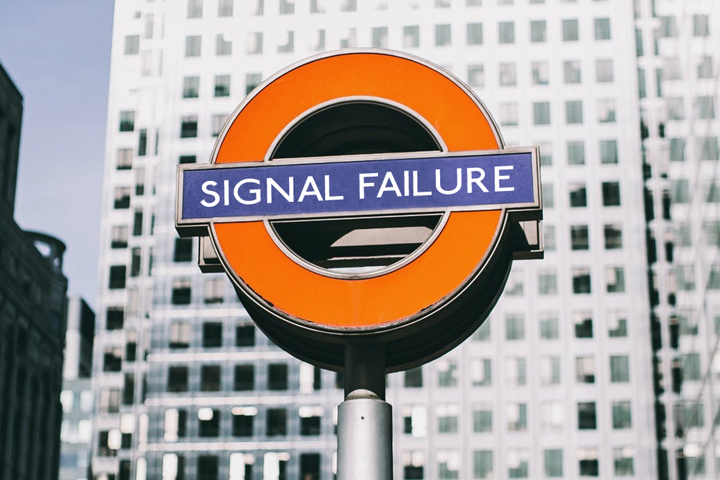Mind the Gap: London Underground gets 4G connected

Commuters, rejoice! The gradual rollout of 4G connectivity on the London Underground begins this month; how will this change your Tube journey? And why has it taken so long to get connected?
London Underground’s 4G service launches this month, covering an eight-stop, 16-minute section of the Jubilee Line between Westminster and Canning Town (excluding London Bridge and Waterloo, which are due to become 4G-enabled later this year), following a successful trial on the Waterloo & City Line in July 2019.
Soon, passengers journeying to and from the likes of Southwark, London Bridge, Bermondsey, Canary Wharf and North Greenwich will enjoy unbroken network access on platforms and in tunnels.
Transport for London (TfL) announced that all stations along the Jubilee Line will be connected by the end of the year, with coverage extended to the entire network expected by the middle of the decade. However, the implications of the ongoing rollout of 5G are not yet clear.
Through the tunnels between stations, 2,000km of black cables – so-called “leaky feeders” – will be installed in the tight space between the trains and tunnel walls. These cables, for lack of a better word, leak 4G radio waves into the tunnels. The eight stations in the trial are overseen by a data centre at Canada Water station, housing the network operators’ equipment; when implemented across the entire Tube network, ten of these will be required in total – one every 15km. A similar system to connect Lincoln Tunnel, between Manhattan and New Jersey, was implemented in 2014.
Such an operation will involve the four mobile network operators involved in the trial – EE, Vodafone, Three and O2 – sharing this infrastructure. With TfL’s procurement of a provider for the full network not expected until summer, it’s not yet known if hosting duties will fall on one of the quartet, or a third-party provider. However, this is sure to be a money spinner for TfL, which is under increasing budget pressure.
For riders on the Tube, this will mean seamless connectivity on platforms and in tunnels – no more dropped phone calls or streaming cut-outs – owing to network sharing arrangements between the providers, not unlike when using data roaming abroad.
“All we're doing is taking the signal from mobile operators and putting it through various different antennas and broadcasting it out across the tunnels and into the stations,” says Martin Osborne, Head of Mobile Infrastructure Delivery at TfL.
The Tube is comparatively late to the mobile connectivity party, with New York’s MTA, Metro Trains Melbourne, Hong Kong’s MTR and the Moscow, Tokyo, Rome and Barcelona Metros boasting varying amounts of connectivity at stations and in tunnels. Seoul Metro has even begun trialling connectivity using the 5G-compatible mmWave spectrum.
This begs the question – why has it taken so long to get the Tube connected? Four key factors have held back the implementation:
The tunnels
Being the world’s oldest underground metro, some of the Tube’s tunnels are over 150 years old, with mere inches between the tunnel walls and the trains, giving little space to install any extra equipment, compared to other metros. These signals work in line of sight, and that’s doable in Moscow, for example, because their tunnels are wider and straighter than those in London.
The costs
TfL would have to install an enormous number of access points to cover the twists and turns of the tunnels, as 4G radio waves cannot penetrate walls or go around corners. The cost of installing this equipment would only be dwarfed by the cost of maintaining such equipment in the busy, confined space of the tunnels.
The trains
The current rolling stock of Tube trains don’t have enough space for any on-board infrastructure, making external equipment such as leaky feeders the only way forward.
The science
The high frequency signal that coverage depends on is unable to penetrate the deep underground tunnels, easily blocked by earth or concrete. Even if this weren’t the case, as well as getting passengers to where they want to go (most of the time), Tube trains themselves are also remarkably good at further blocking these electromagnetic signals.
In fact, a previous project to provide 3G connectivity on the Tube in time for the 2012 Olympics was abandoned due to technical difficulties and cost.
Despite being a transit system known for many firsts, the Tube has been slow on the uptake with regards to mobile connectivity. However, with today’s passengers increasingly expecting a continuous link to the world above, now is the time for the Tube to come online.
Then they’ll only have to worry about signal failures of the other kind.
